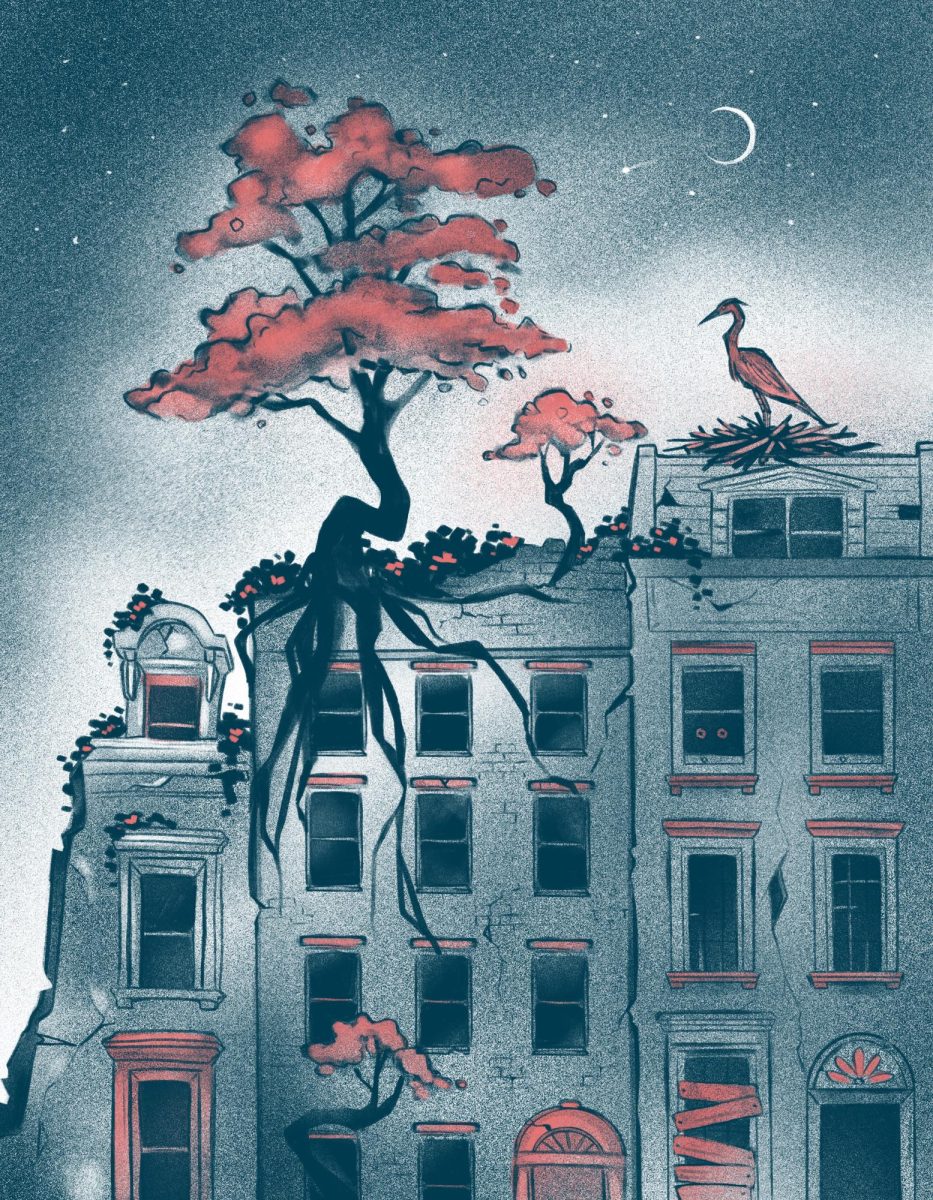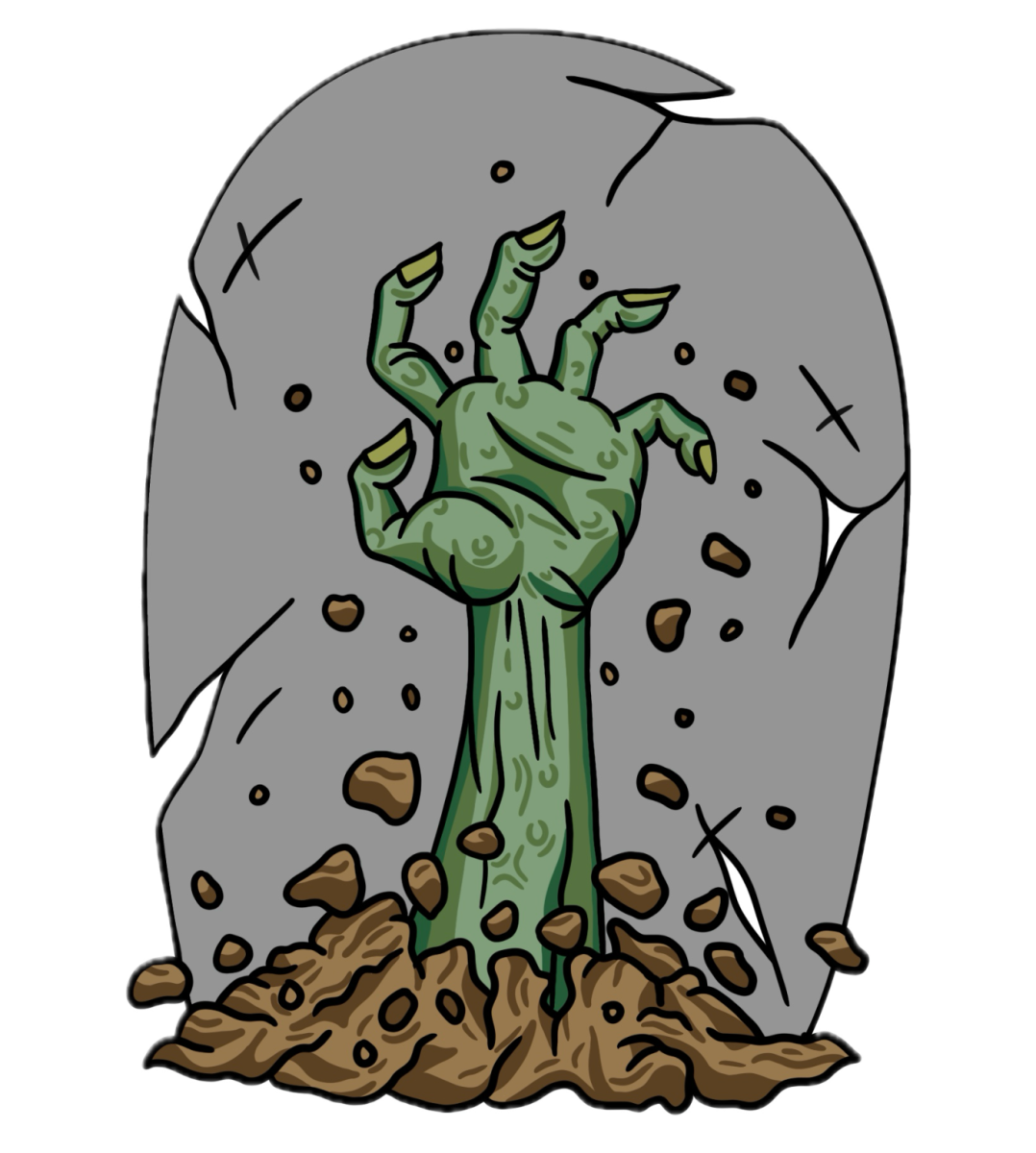
When football was cut in March of 1977, after a sudden decision by the board of trustees without any student input, Whitman lost more than just a sport.
Football was an important part of Whitman for nearly 80 years, although it was never consistently a winning team. According to Thomas Edward’s “A Sketchy History of Whitman Football: Excitement and Controversy,” in 77 years, Whitman’s winning record was only 37 percent.
But “it brought the campus together,” said Associate Director of Alumni Relations Nancy Mitchell.
Any Whitman yearbook from the ’50s or ’60s shows the culture that came with football. For the homecoming game in 1958, there was a barbecue, a pep rally and a parade that consisted of 13 floats contributed from different social groups. There was a homecoming dance, complete with a queen and two princesses. The homecoming queen even got featured in the “Royalty” section of the yearbook, a full page devoted to a close-up picture of her.
The football team also benefited the atheletes. “[Football] drew out the best in them,” Mitchell said, “They learned to do things they never thought they were capable of doing.”
Mitchell said that football brought a different kind of personality to Whitman. Students came to Whitman who would not have come if they couldn’t play football. In “Football players tackle memories,” an article in the “Walla Walla Union Bulletin” by Alfred Diaz, former Whitman football player Dave Hartsfield says that he wouldn’t have traded his years at Whitman for anything, but he wouldn’t have chosen Whitman if there wasn’t a football team.
Because of the small size of Whitman, football just didn’t have the numbers to continue. It was also a financial strain. “Budgets were very, very tight then,” Mitchell said. Football was an expensive sport; by 1977, 42 other colleges had already cut their football teams, according to Edward’s history of Whitman football.
The money saved from cutting football was used to provide “opportunities for more student athletes,” said Dean Snider, athletic director. This meant developing other sports programs, especially women’s sports, after Title IX was passed in 1972.
Today, there are fourteen varsity sports at Whitman. “All . . . have been part of the program now for numerous years,” Snider said. He estimates that today, Whitman is in the top three or top half of the conference in most sports.
“I see Whitman athletics as building to be very strong,” Snider said. He said that he feels that there has been a change just in the last fifteen years, in that Whitman is “pursuing the same type of excellence that is also evident in our academic programs.”
And, Snider pointed out, this is made possible by greater resources, such as improved facilities, and more support from trustees. “A lot of these things that we have going for us now did not exist in the past,” he said.
“[Football] had just a tremendously positive effect on campus,” Snider said. But the positive effect of varsity sports can still be seen today: Snider cites the example of the women’s volleyball game several weeks ago against Willamette University, at which hundreds of spectators sat in the bleachers, cheering for Whitman.









